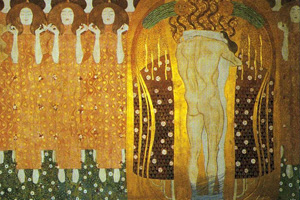Sinfonia No. 9, Opus 125 - IV. Finale: Ode à Alegria (Nível Fácil) Beethoven — Partitura para Piano

| Instrumento | Piano |
|---|---|
| Dificuldade | Fácil |
| Acompanhamento | Piano solo |
Como os músicos usam o Tomplay
Informações do produto
-
Detalhes da partitura
-
Outros arranjos desta peça
-
Comentários
| Compositor |
Beethoven |
|---|---|
| Título da música |
Sinfonia No. 9, Opus 125 - IV. Finale: Ode à Alegria (Nível Fácil) |
| Instrumento |
Piano |
| Dificuldade |
Fácil |
| Acompanhamento |
Piano solo |
| Estilo musical |
Música clássica |
| Tags |
Alemanha Período romântico Período clássico |
| Recursos interativos extras |
Mãos separadas
Teclado visual
Com anotação da digitação
Nome das notas
Reconhecimento de notas
|
| Duração |
 |
| Tonalidade |
C Maior (Sem sustenidos/bemóis) |
| Preço |
Toque de graça com o período de teste gratuito de 14 dias ou $3.99
|
| Avaliação | |
| Informações sobre a peça |
Ludwig van Beethoven (1770-1827) is one of the most influential composers of all time. Although he was a classical composer, he greatly influenced the Romantic period (1830-1900). In his lifetime, he wrote nine symphonies. Ode to Joy is part of Beethoven's ninth and last symphony, one of his most iconic works. It was written between 1822 and 1824, and is often referred to as the 'choral' symphony. Ode to Joy is the fourth movement in the symphony and it is played by an orchestra, four vocal soloists and a choir. The words of the piece are taken from a poem by Friedrich Schiller (1785). This piece has become a symbol of hope and unity, and is the official anthem of the European Union. The key to playing this piano sheet music is balance: the right hand is made up of thirds, so it's important to make sure the melody sings out Play the piano sheet music for Ode to Joy on solo piano, set at an easy level. With Tomplay piano sheet music, we provide separate recordings of the left and right hands, so that you can practice one hand while accompanied by the other. |
| Créditos |
© 2020 Tombooks
www.tomplay.com
Gustav KLIMT
|









